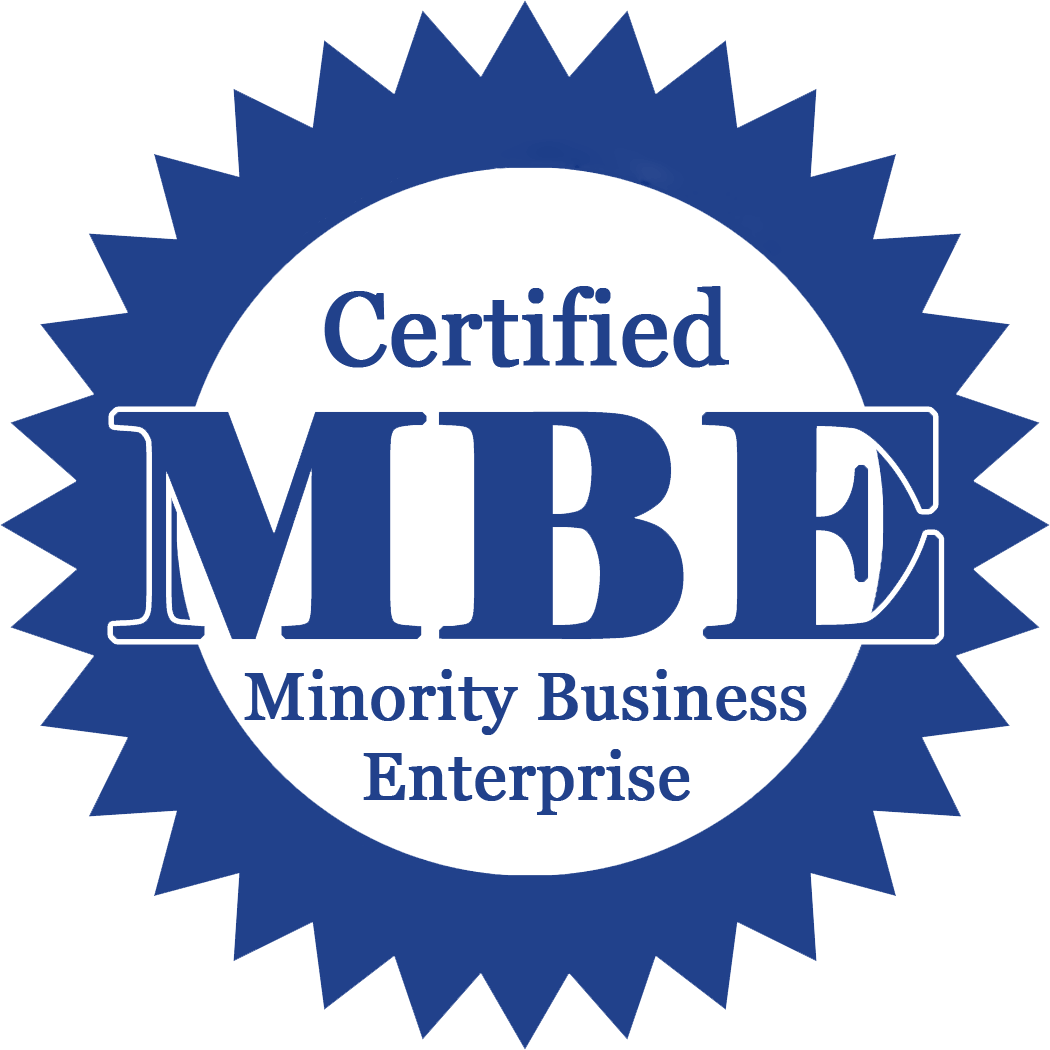In 2003, the Indian subsidiary of the Coca-Cola Company was awarded the Robert W. Woodruff Award for outstanding business performance. Coca-Cola's turnaround in India had come after a period of heavy investments. During the period 1993-2002, the company had invested $1 billion in India. In 2003, Coca-Cola had 17 manufacturing units, 60 distribution centers catering to 5,000 distributors and one million retail outlets, serviced via trucks and three-wheelers. Coca-Cola directly employed 10,000 people.
Coca-Cola's reentry into India was driven by both competitive factors and Coca-Cola's own global plans. The parent company had realized the need to expand its presence in emerging markets as growth was tapering off in developed countries. In late 1993, to make a quick entry into the market and neutralize Pepsi's early mover advantage, Coca-Cola decided to buy out a local soft drink company, Parle, which had a 60% market share.
But Coca-Cola found itself facing several problems. It focused on establishing the Coke brand quickly, positioning it as an international brand and not emphasizing local association. Neglect of Parle brands led to their decline in market share. The operations of the small bottlers acquired from Parle system were inefficient and increased costs. The bottlers also had problems adjusting to Coca-Cola's work culture.
The project tried to analyse the prospective marketing strategy for Coke in India
Survey Software Easy to use and accessible for everyone. Design, send and analyze online surveys.
Research Suite A suite of enterprise-grade research tools for market research professionals.
Customer Experience Experiences change the world. Deliver the best with our CX management software.
Employee Experience Create the best employee experience and act on real-time data from end to end.




